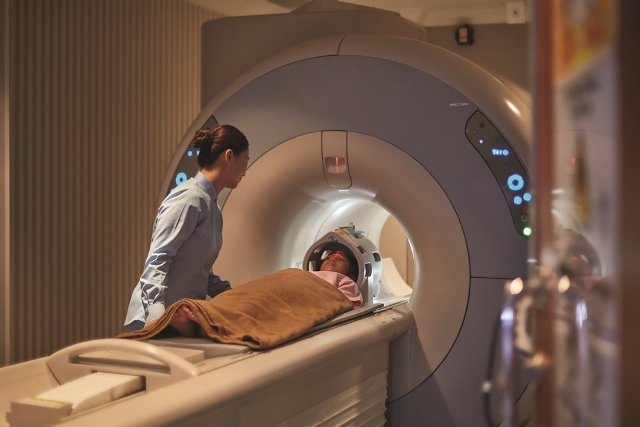By Gilles Soulez
COVID-19 led to a significant drop in medical imaging examinations from March to June 2020. Patients have been adversely affected by the deferral of imaging procedures and lengthening wait lists. Solutions are needed to ensure a sustainable system so that Canadians can access quality, safe, appropriate care during and after the pandemic.
Patchy data undermines efforts to improve patient Access to Care
We cannot improve what we do not measure. There is a shortage of timely and comprehensive data to understand and track imaging volume and demand in Canada, within and across jurisdictions. The Canadian Institute for Health Information (CIHI) reports on this information, but not all provinces and territories contribute and there is no established benchmark for medical imaging wait times. Not all provinces and territories have a centralized inventory of wait lists and there is no universal imaging priority classification system in place in Canada. Imaging wait times are not systematically reported according to a standardized national framework.
Furthermore, not all provinces are using the standardized medical imaging wait time benchmarks recommended by the CAR. Pan-Canadian medical imaging wait time benchmarks are necessary to create a national dashboard and methodology which can be used to support and promote equitable access to imaging based on medical need, regardless of geographic challenges.
The lack of data is a major hurdle to examining the true impact of the shutdown of services for the health of Canadians.
Our attempts to analyze wait time data are limited because data are not available for every province or jurisdiction and the provinces that do have wait time data utilize different benchmarks. Demand for imaging has consistently outpaced supply even with demand being relatively predictable. Prior to COVID-19, wait times for CT and MRI exceeded recognized standards in most provinces, particularly for patients assigned to non-urgent, non-critical priority levels.
The COVID-19 effect
Imaging volumes were significantly hindered by curtailing of care deemed non-urgent in the spring and early summer. We observed a late resurgence of imaging throughput in June, but the overall level remained below 80% of pre-COVID activities. The important drop in requisitions during the same period helped to maintain the gap between requisitions and examinations performed at a similar level to pre-COVID-19. However, we can observe a widening of this gap and anticipate an increasingly difficult situation when general referral patterns resume to pre-pandemic levels. We have new volume data indicating growing wait lists for non-urgent patients across modalities. Modalities with high throughput (ultrasound and CT) are more problematic, as there is a greater gap to overcome.
Obtaining a complete picture of exactly how many Canadians have been affected by the shutdown and postponement of necessary imaging services remains challenging, given the limitations of the available data.
When will we close the gap?
Despite a decreased demand for imaging services between March and June 2020, the number of Canadians with a health condition that necessitates getting a scan has not changed. This means demand will likely return to pre-COVID levels over time, and likely surpass pre-COVID demand to make up for the current decrease.
Putting our most optimistic assumption forward as to how quickly CT and MRI services can recover, the total difference between the expected provision of CT and MRI and what is missing accounts for approximately 1,440,000 CT and 612,000 MRI scans between March 2020 and December 2022. We do not know the full extent of the backlog for ultrasound services, but our data suggest a dire lack of ultrasound capacity.
These findings will not come as a surprise to most health professionals, however, the pandemic has certainly brought the deficiencies in the healthcare system into the spotlight. Consistently centering around the needs of the patient will naturally lead to the development of data-driven applications and platforms to streamline care pathways and the reasonable exchange of patient data in a jurisdiction-agnostic way. The silver lining of the pandemic may be the recognition of pinch points, barriers, and unnecessary hurdles in the system, and the subsequent building of political will to enact system-wide change.




